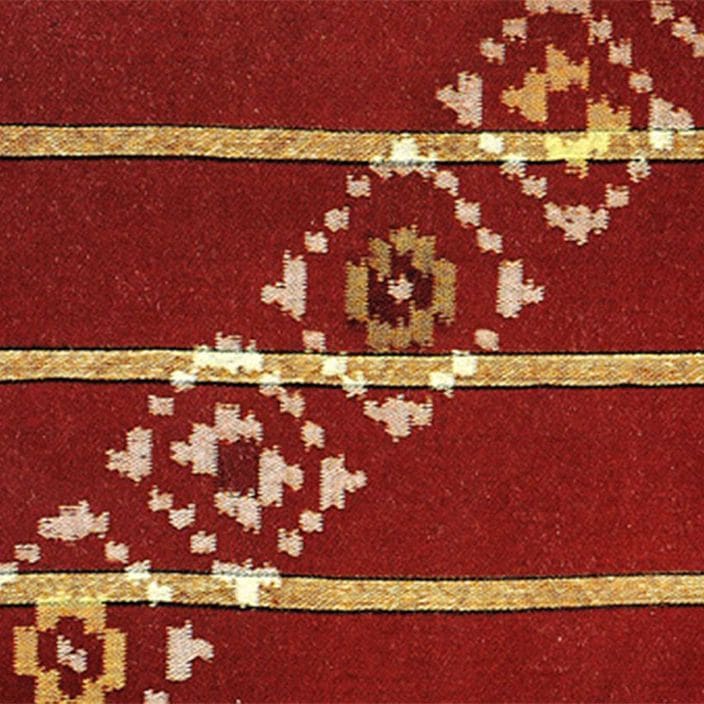For best prices and early deliveries, WhatsApp us at. 918488070070

Ikat
An elaborate process of craftsmanship famous through various prominent countries around the world, Ikat includes weaving and tie and dye. It is practiced in Asia, Latin America and a few countries in Europe. India represents it through the state of Gujarat and is practiced in Rajkot.
Tracing Its Origin
Ikat as a craft is practiced in so many countries around the globe. Similarities in technique are evidence of the belief of migration of the Austronesian people worldwide. The frescoes found in the Ajanta and Ellora Caves hold evidence of the existence of Ikat in India since the 7th Century BC.
The word ‘ikat’ is coined from the Malay-Indonesian word ‘mengikat’, which translates to ‘to tie’. The last few decades have seen the city of Rajkot and the neighbouring villages practice single Ikat.
How It’s Done
The process starts with drafting the designs either on the warp grid or the weft grid on graph sheets. The resist dye is then applied to the exact yarn strands that coincide with the pattern drafted.
The threads are then woven with utmost precision. If the weft threads are used for creating the design, the warp threads are kept of a single plain colour. The more the colours, the more tedious the process.
Design Elements
Single Ikat is done either on the weft threads or the warp threads. The motifs are usually geometrical, unlike a double ikat. Shapes such as triangles and diamonds are commonly seen on single ikat sarees.
The resist dyeing is usually done with just one colour. A single ikat saree would usually have only two colours, the base and the motif.
The colour palette consists of reds, yellows, greens, white and black.
Ikat Today
Today, there are different types of ikat available now like single ikat, double ikat, etc. Ikat today is commonly found in Rajkot, Gujarat. Sarees, Kurtis, bags and accessories are seen carrying the art form.
Single Ikat is a textile weaving technique where only the warp or the weft threads are dyed to create a pattern, and tiye is a traditional tool used in the tie-dye process of the weft threads in Single Ikat textiles.
Image Credits
Area Rugs | D’Source | Fabric for Upholstery | Flextiles | Gaatha | Indian Saris | Pierrefrey | Saree | Singhania’s | Single Ikat | Stitch It Good- By Mevo | Strand of Silk | Textile Design India